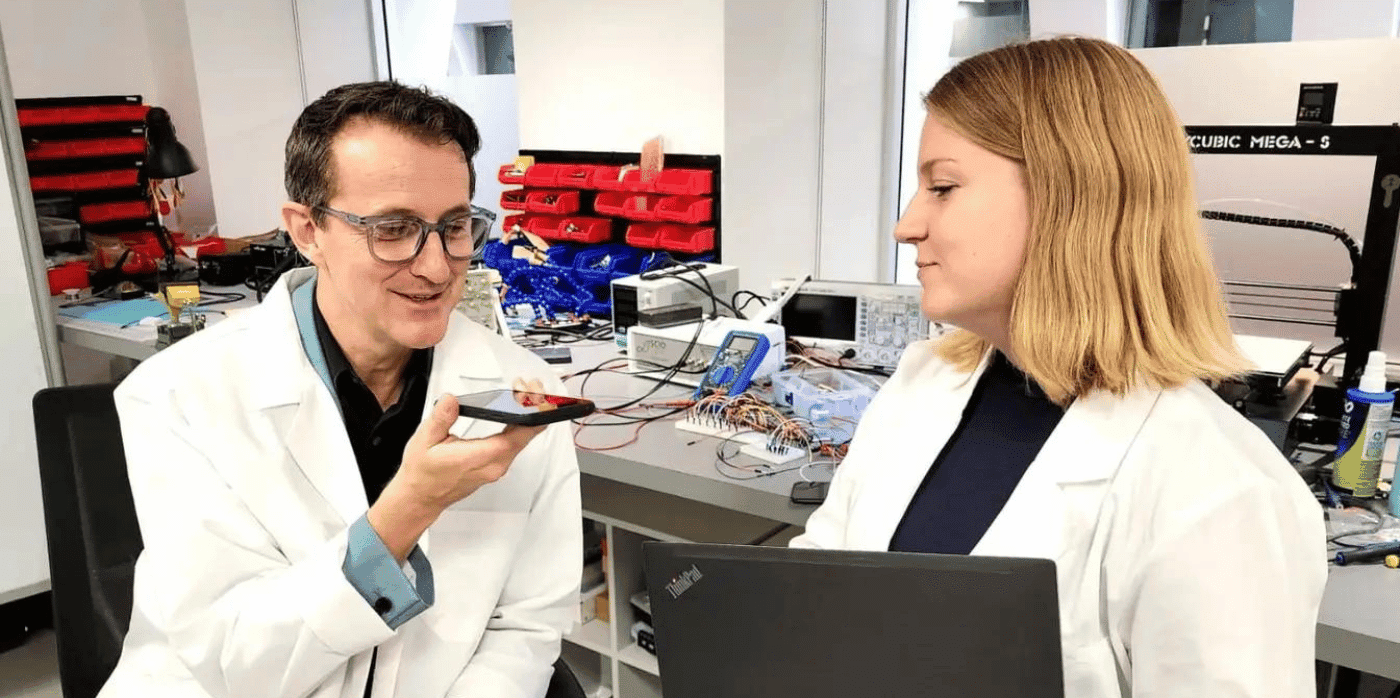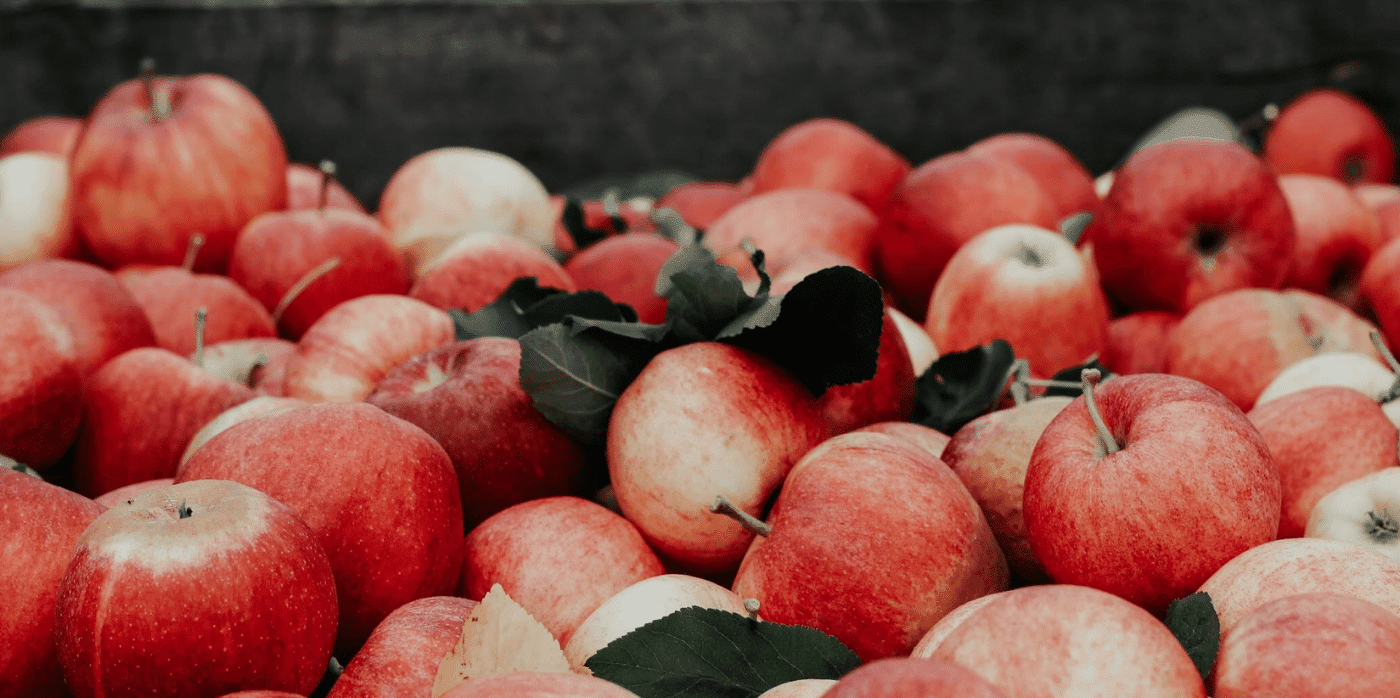No more needles: AI detects diabetes from your voice

Spotted: According to the World Health Organization, about 422 million people worldwide have diabetes, and 1.5 million deaths are directly attributed to the disease every year. Testing of blood glucose levels can spot pre-diabetes, a condition where blood sugar is high but has not yet developed into the full-blown illness. However, this test is not always easy to access – especially in the developing world where diabetes is most prevalent.
Now, research from Klick Health suggests that a very simple test involving speaking a few sentences into a smartphone could reliably determine whether a person is developing diabetes. The study, published recently in Mayo Clinic Proceedings: Digital Health, outlines how researchers created an artificial intelligence (AI) model that can determine whether an individual has Type 2 diabetes using around 10 seconds of a voice recording and basic health data.
Researchers asked non-diabetic and Type 2 diabetic participants to record a phrase into their smartphone six times daily for two weeks. Signal processing was used to analyse 14 acoustic features from the recordings, and the researchers found that Type 2 diabetes causes detectable changes in the voice, and that these vocal changes are different for men and women.
The technology has the potential to remove barriers to testing, such as cost and time, allowing much earlier and more widespread testing.
Diabetes is not the only disease that can be detected using non-invasive methods. Springwise has also spotted a method for detecting malaria using a smartphone and a toilet seat that can detect kidney disease.
Written By: Lisa Magloff


